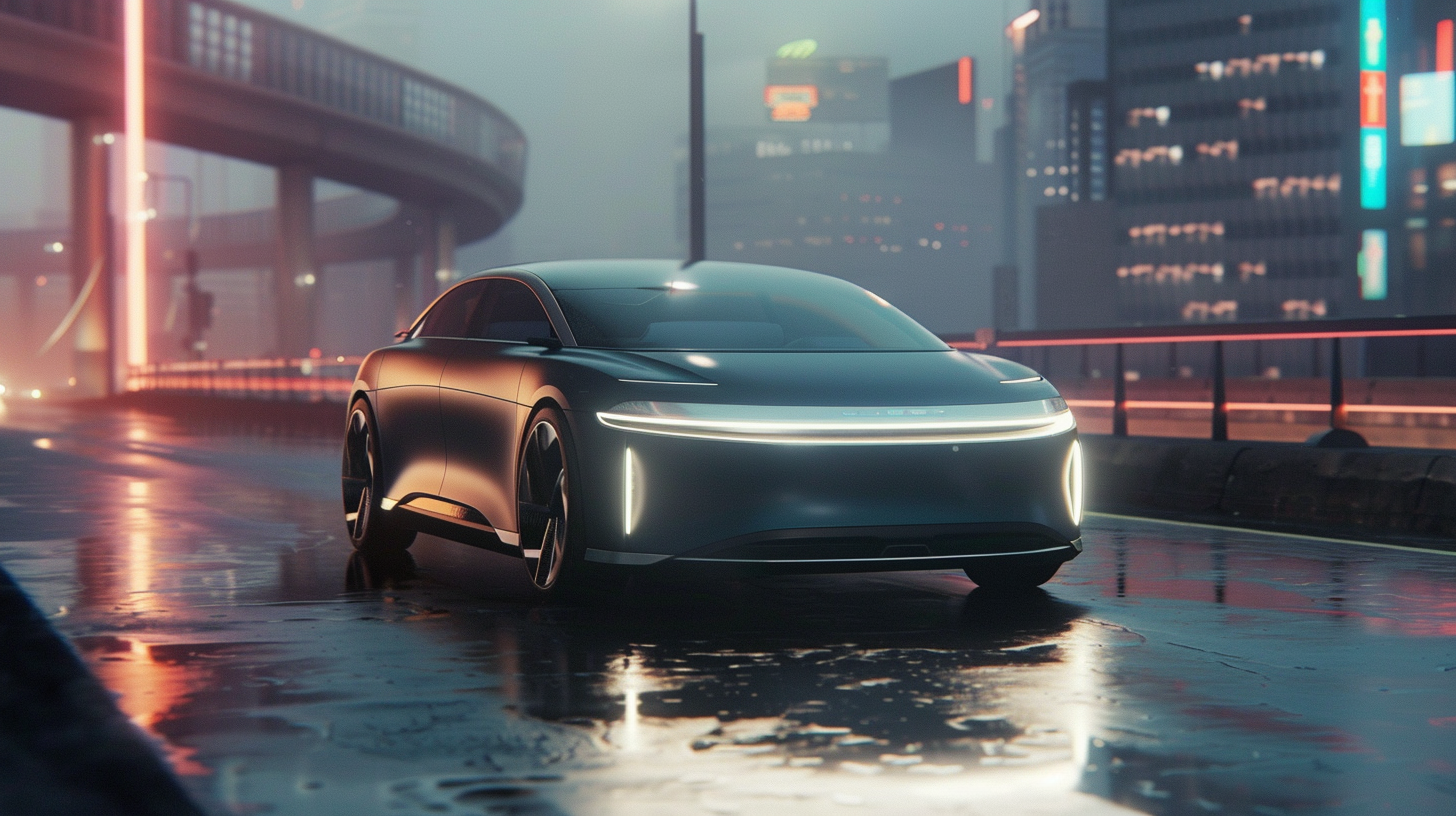| Key Points: – Acquires DealerClub for $25 million to revolutionize dealer-to-dealer digital auctions with reputation-based transparency. – Integrates DealerClub’s innovative platform with AccuTrade, creating a seamless retail and wholesale ecosystem for automotive dealers. – Strengthens Cars Commerce’s role in the $10B wholesale market, empowering dealers to optimize inventory and boost profitability. |
Cars Commerce, the parent company of Cars.com, is making a bold move into the wholesale automotive market with its acquisition of DealerClub, a reputation-driven digital auction platform. This purchase, finalized for $25 million in cash with the potential for up to $88 million in performance-based payouts, reflects Cars Commerce’s strategic vision to streamline how dealers trade vehicles and optimize inventory management.
DealerClub’s innovative platform has made waves in the industry since its launch in 2024. Unlike traditional wholesale systems, DealerClub focuses on reputation-based transactions, which foster trust between dealers and reduce common challenges like arbitration disputes and title issues. This groundbreaking approach has attracted over 650 dealers to the platform and provides Cars Commerce with a strong foothold in the $10 billion wholesale used car market.
Revolutionizing Wholesale with Technology
The acquisition builds on Cars Commerce’s mission to use technology to simplify the car-buying and selling process. DealerClub’s platform, designed to facilitate seamless dealer-to-dealer transactions, aligns perfectly with this goal.
“This is a critical step for us,” said Alex Vetter, CEO of Cars Commerce. “Dealers need efficient, transparent solutions to manage inventory and boost profitability. DealerClub’s technology adds a new dimension to our platform, making it easier for dealers to trade within a trusted network while keeping more profit in their pockets.”
Cars Commerce plans to integrate DealerClub with its existing tools, such as the AccuTrade appraisal platform, creating a full-service solution that combines retail and wholesale capabilities. This unified ecosystem will allow dealers to handle every aspect of vehicle trading—from appraisal to resale—on a single platform.
What It Means for Dealers
The acquisition introduces several new opportunities for automotive dealers:
- Greater Transparency: DealerClub’s reputation-based model brings a level of trust and clarity to the wholesale market that hasn’t been seen before, mirroring Cars Commerce’s success in consumer and dealer reviews.
- Efficiency Gains: Dealers can now manage wholesale transactions with minimal risk and streamlined processes, saving time and money.
- New Revenue Potential: Cars Commerce’s transactional model, combined with its established subscription business, promises long-term financial benefits for both the company and its dealer partners.
The integration also strengthens Cars Commerce’s position as a technology leader in the automotive space. As the industry moves toward digitization, platforms like DealerClub are becoming essential tools for dealers looking to stay competitive.
What’s Next for Cars Commerce?
While the acquisition is expected to have minimal financial impact in 2025, Cars Commerce sees it as a long-term investment. The company is committed to scaling DealerClub, even if it means short-term costs. Given the proven track record of DealerClub’s founder, Joe Neiman—who previously built ACV Auctions into an industry leader—expectations are high for the platform’s growth and success.
This move highlights Cars Commerce’s broader ambition to be a one-stop shop for all aspects of the car trade, from consumer-facing marketplaces to behind-the-scenes wholesale operations. As dealers continue to navigate challenges like inventory shortages and shifting market demands, Cars Commerce is positioning itself as the partner they can rely on for innovative solutions.
With DealerClub in its portfolio, Cars Commerce is no longer just a leader in the retail automotive space; it’s reshaping the future of wholesale as well.




